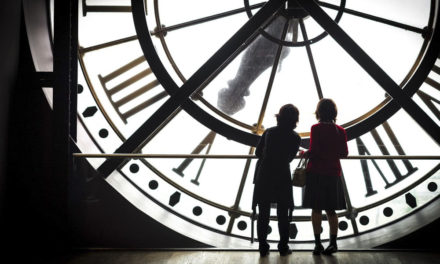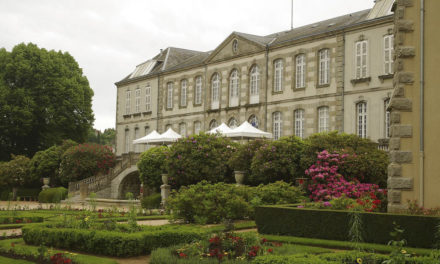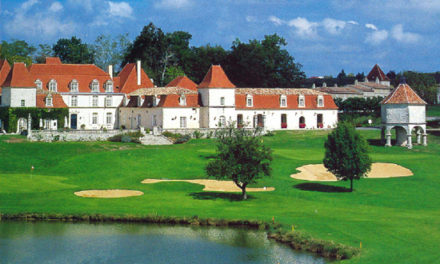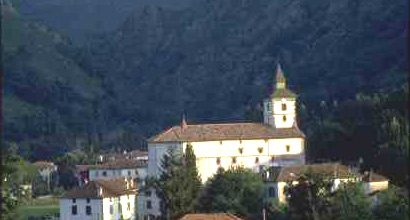
Once the ancient Province of Perigord, the Dordogne is the 3rd largest department in France. Situated halfway between the Pole and the Equator, it has a particularly temperate climate. It takes its name from the river and a further five rivers cross the varied landscape ranging from rugged terrain to the gently sloping vineyards of the Dordogne valley. The bustling market town of Bergerac is full of restaurants and shops, set amidst its vineyards. A museum is dedicated to tobacco, one of the main crops of the department. Other crops include asparagus, strawberries, foie gras, walnuts and truffles.
Towns in the Dordogne
Book a Hotel in the Dordogne
Domme
To the east are many beautiful towns and villages, including Trémolat with its 12th century church, Beynac, set atop a cliff and Castelnaud with its medieval war museum. The 14th Century bastide of Domme is set on a hillside and the 13th Century Bastide of Monpazier still retains its arcaded village square. The department falls into four distinctive areas. Perigord Noir, Blanc, Vert and Pourpre each with its own distinctive features. The Perigord Blanc is the central section, its name derived from the calcerous nature of the land. It was here that Périgueux, capital of the Dordogne, was founded by the Romans in 2000. The Venetian styled Cathedral with its many cupolas is impressive, as are the ramparts, once part of the now demolished roman amphitheatres. There are two main market days.
The Perigord Vert
The Perigord Vert spans the north of the department in a crescent and owes its name to the lush nature of this hilly area, rich in streams and rivers and green even in the driest of summers. To the East is the Perigord Noir, an area well known for its prehistoric history and for towns like Sarlat, with its typical steeply pitched roofs of ‘lauze’ and its 17th Century features. It is a tourist attraction and a national monument. Lastly the Perigord Pourpre is again the land of vineyards lining the banks of the Dordogne and of Bastides whose history encompasses the Hundred Years’ War and many religious conflicts. The vineyards include many world famous names from Bergerac to Montbazillac.
Sarlat and Brantôme
The Dordogne has the greatest number of castles and châteaux of any department, a large number dating from the 13th and 14th centuries when the Dordogne was the frontier region between England and France during the Hundred Years’ War. Cave paintings and engravings at Lascaux and Les Eyzies-de-Tayac bear witness to prehistoric human habitation in the region. The National Prehistoric Museum in the ruins of the Chateau of Les Eyzies houses a unique archeological collection from the prestigious sites of the Vézère Valley. The department’s medieval heritage is especially well represented, with the medieval towns of Sarlat and Brantôme being among the most beautiful in France.
| Title | Address | Description |
|---|---|---|
DORDOGNE | Dordogne, France |







